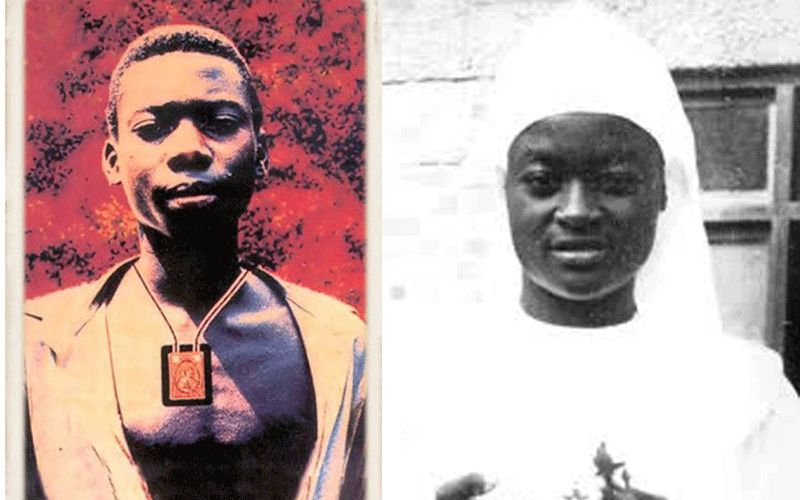Rome, 06 December, 2019 / 3:26 am (ACI Africa).
On Sunday, December 1, at the three-in-one event marking 25 years since the inauguration of the Congolese Catholic Chaplaincy in Rome, 25th anniversary of the beatification of Catechist and martyr Isidore Bakanja, and the feast of Blessed Marie-Clémentine Anuarite Nengapeta, citizens of the Democratic Republic of Congo (DRC) residing in the Italian capital pleaded with Pope Francis, who had joined them for a special Mass, to have Blessed Anuarite and Blessed Bakanja canonized.
“Holy Father, like a father in a family, we ask you not to tire of us. We are your children. Our dream is to see these two Blesseds, Anuarite and Bakanja, both martyred for their faith and fidelity to the Church; our hope is to see them enrolled in the canon of other Catholic martyrs. We wish to see them held up as models of faith for the universal Church,” Sr. Rita Mboshu Kongo, a Theologian and University Professor told the Pope. Who is Blessed Bakanja and who is Blessed Anuarite?
Blessed Isidore Bakanja
Born in 1887 in the then Belgian Congo, Isidore Bakanja converted to Christianity at the age of 19 and was baptized by the Trappist Missionaries. A committed Catholic, Bakanja had a strong devotion to the Blessed Virgin Mary, a love he expressed through reciting the Holy Rosary and wearing of the Brown Scapular of Our Lady of Mt. Carmel. Though untrained, he often taught people about the Catholic faith, earning himself the title “Catechist.”
Bakanja worked at a rubber plantation where his Belgian supervisor, an atheist, ordered him to stop wearing the scapula, Bakanja’s most visible sacramental. He was also instructed not to teach his colleagues how to pray. “You'll have the whole village praying and no one will work," Bakanja had been warned, but decided to defy the caution much to the chagrin of his supervisor who beat him severely.








